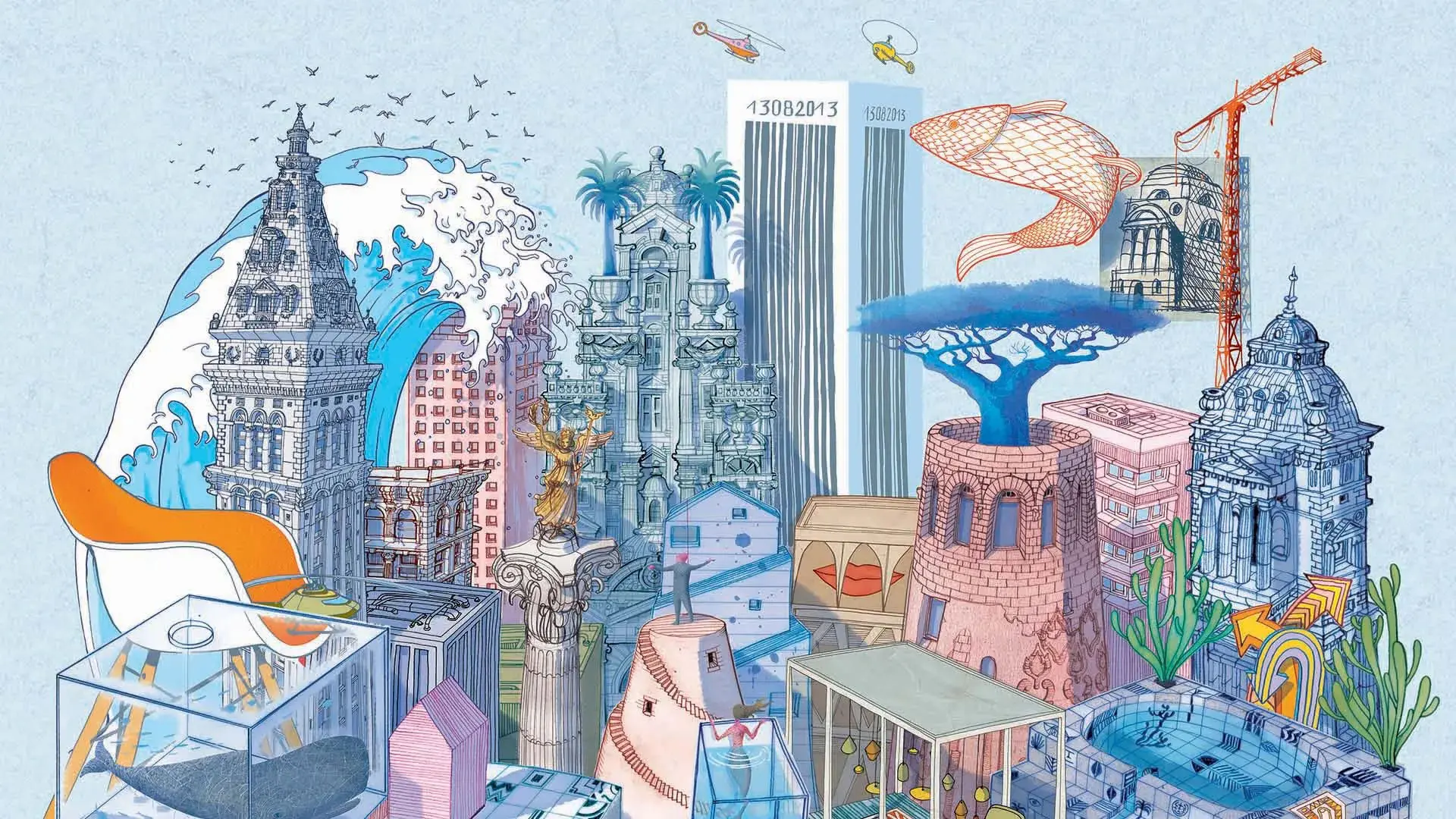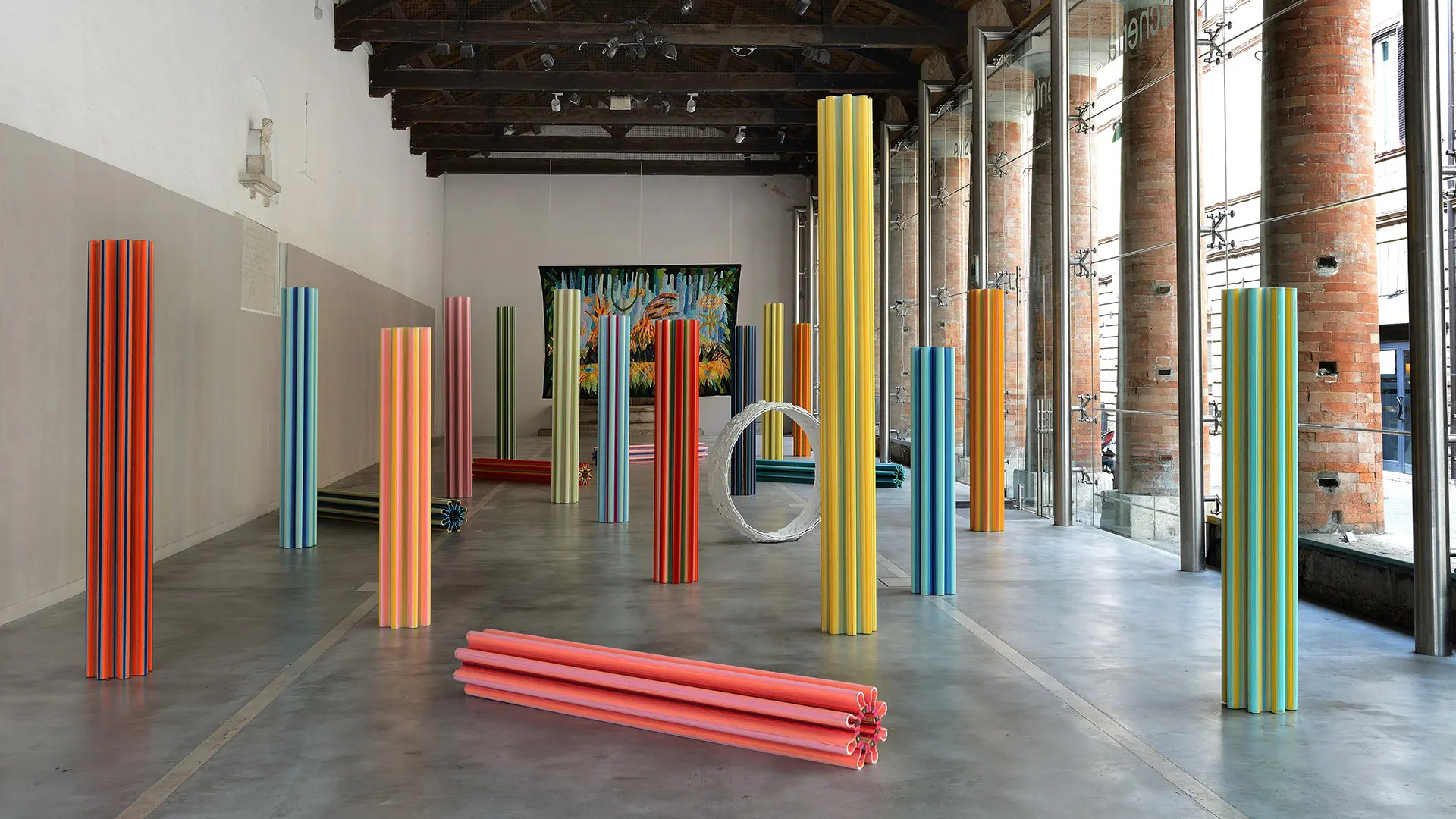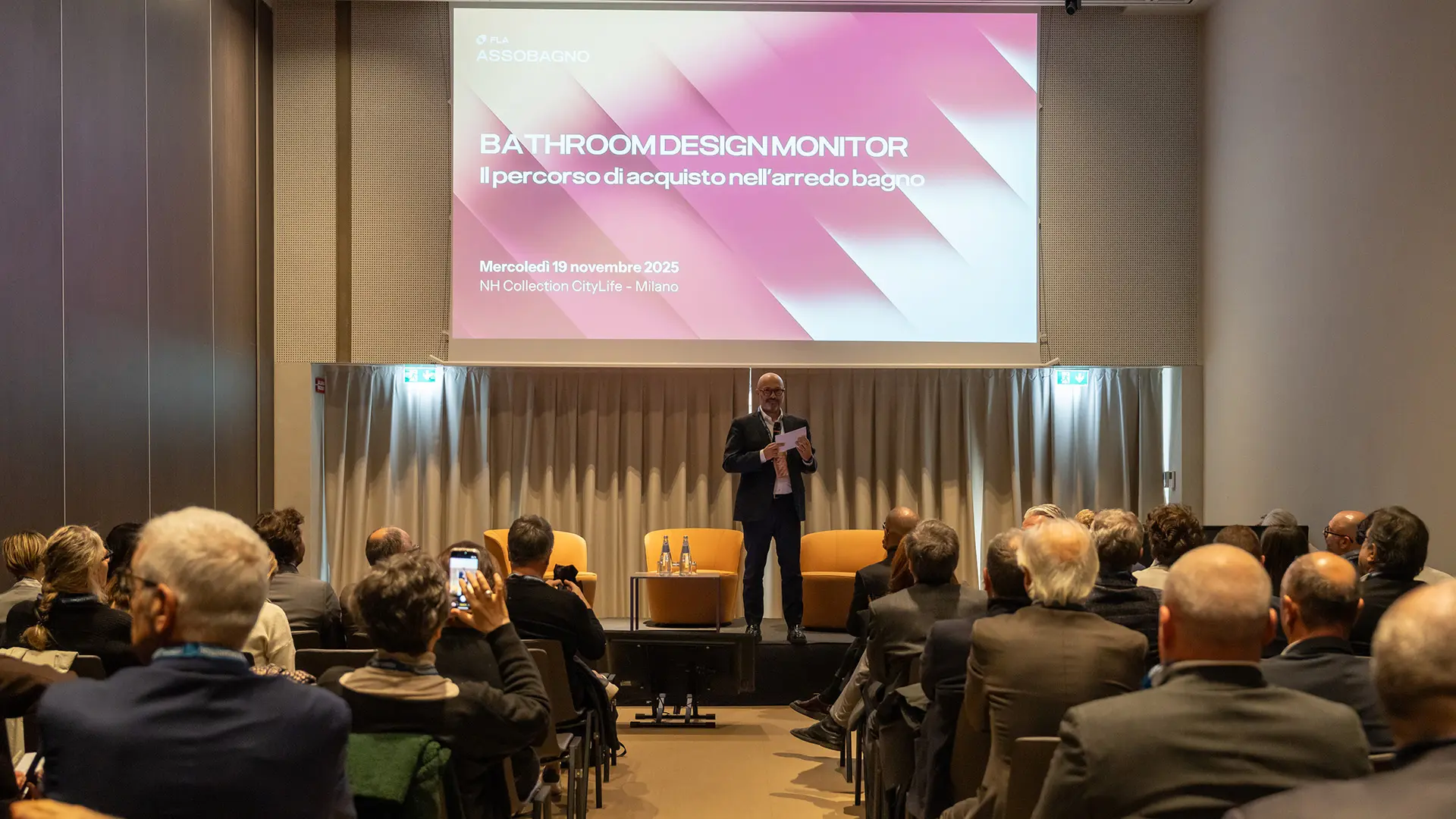They are all Italian and all in some way draw on the theme of memory. This is true even when they deal with current sporting events associated with the imminent inauguration of the Winter Olympics. There are ten of them and for the most part they are held in the most reserved cultural circuits, outside the mainstream. It’s even better when they’re out of town, bringing historic residences to life with gleams and flashes of good design
The 15-minute city: it takes imagination to build a polycentric model

A journey to discover the much talked about model theorized by urban planner Carlos Moreno. We discuss it with the urban architect Federico Parolotto, CEO of Mic-Hub
The model of the 15-minute city, advanced in 2016 by the urban planner Carlos Moreno, became established in the collective imagination during the pandemic, an unprecedented period in which we (re)discovered the importance of living in cities on a human scale, based on proximity, usability and polycentrism. Meanwhile, this concept has developed into a strategic asset in commercial, real estate and reputational terms, insistently endorsed by companies, communicators and politicians.
Anne Hidalgo, the mayor of Paris, included the 15-minute city in her 2020 election manifesto, even though a poll – published in the same year by the Paris Urbanism Agency (APUR) – showed that 94 percent of Parisians already lived within a five-minute walk of a bakery or pastry shop; similar data was recorded for pharmacies and other essential services. The urban area of Paris has long been “15 minutes away”, because almost everything can be reached quickly without a car. According to a report by the Institute for Transportation and Development Policy, the French capital is the best metropolis in the world for proximity to hospitals and schools, as well as third for the number of services that can be reached on foot, by bike or public transport. Given the popularity of the topic, conspiracy theories have arisen. Those who reject the 15-minute city think that this paradigm is just an excuse to divide cities into “ghettos” and lock people up in “gilded cages”. Obviously, none of this is true. A polycentric metropolis needs a frequent and extensive public transport network, capable of quickly taking us everywhere (not just inside our neighborhood, however well served).
Read also: Urban regeneration: examples and best practices from Europe and the world
Now, almost a decade after its official (not unofficial) genesis, this model of an archipelago-like urban center has reached its maturity. The time has come to go beyond definitions and minutes to reach a certain place. “We need to think about expanding urban quality. Time compression isn't necessarily associated with better usability. Beyond 15 minutes, it’s important to create a city where distances are short. Urban regeneration processes had reflected on ‘urban mixes’ and sustainable mobility well before the spread of this concept,” says urban architect Federico Parolotto, CEO of Mic-Hub.
According to the expert, thanks to the 15-minute city, “there has been a greater awareness of the quality of urban space. Even in Milan, recent changes have been based on accessible services, proximity and public transport: all elements that make up the real estate value of a city.” It should be noted, however, that the Lombard capital is going through a phase of enlarging the center, which does not necessarily mean polycentrism. Going further, another key challenge is to combine a dense city, rich in services within easy rich, with the need to consume less land. In 2022, according to Ispra, artificial roofing in Italy grew by 10.2 percent, with Milan in third place among the regional capitals for the increase in overbuilding.
“Public transport allows us to imagine a reduction in the number of roads. I’m referring to arteries that are functional to private transport. It’s clear that moving towards processes of densification and compression, typical of the 15-minute city, would make it possible to introduce extraordinary changes in infrastructures, reducing and dismantling them,” says Parolotto.
However, this is a complex undertaking, because after World War II, cities were built to cope with the boom in car ownership. “It was the negation of the 15-minute city. For some Italian towns, focusing on densification is unrealistic, to say the least, and the fault lies with the territorial dispersal projects launched in the sixties,” concludes the architect.


 Sustainability
Sustainability








